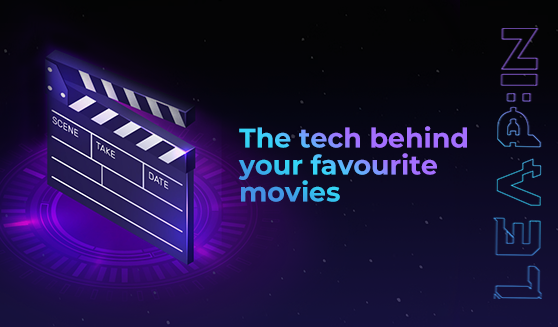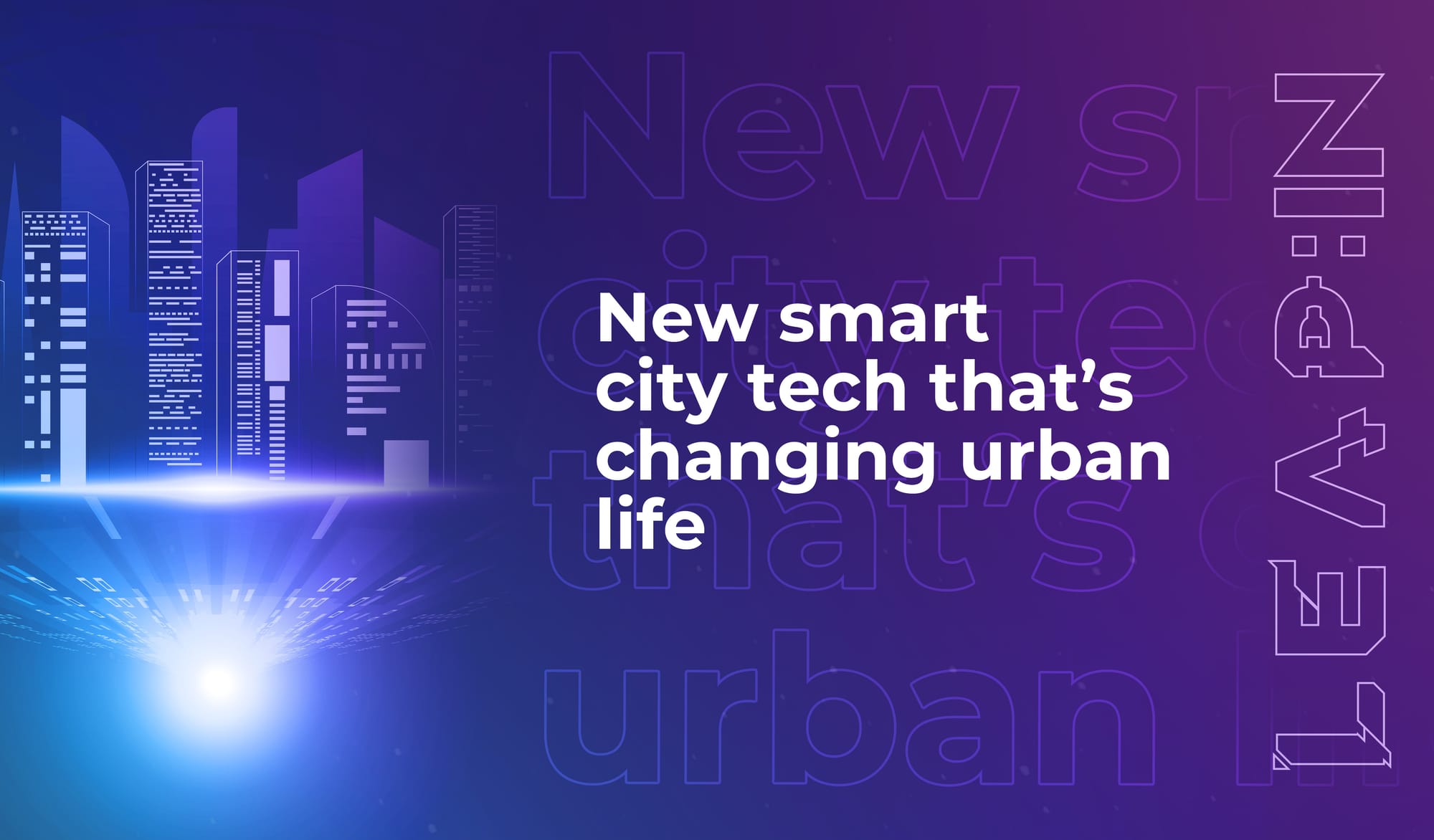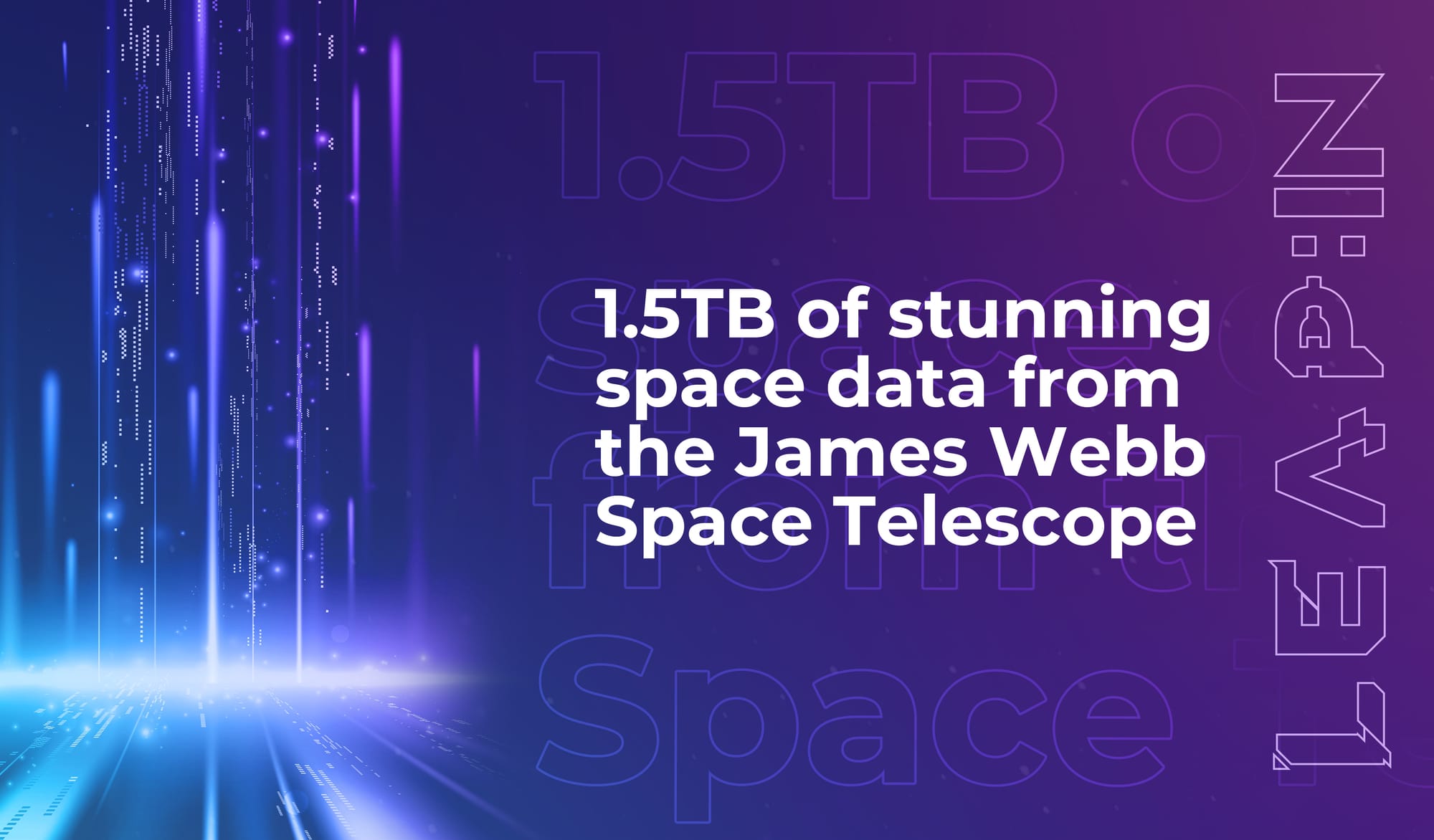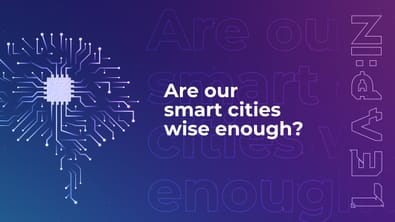

The tech behind your favourite movies

We’re lucky: we get to interview some of the most interesting names in tech, and the ideas they share serve as a constant source of thought-provoking inspiration. So we share some of that inspiration with you every week, here in your inbox.
This week we’re quoting…
Ioana Matei (Head of Emerging/Immersive Technologies – Metaverse/Web3)
What Matei said:
“On my film/production side, I am working on new storytelling content that combines 360 views with user-controlled content and branching narratives. And of course a good story.”
Not just a throwaway comment
And of course, a good story. To some tech innovators (like Matei), the weaving of story into everything they do almost goes without saying – how could story not be in the tech development mix?
Story drives the creation of tech that users can feel connected to, and story is an essential vehicle for sharing that tech and expanding its reach.
And just as stories help to shape technology, technology can also create stories.
Nope – we’re not talking about ChatGPT
We know, you already know this – ChatGPT is currently being used to write stories all over the place; and it’s behind a boom of AI-written books now available on Amazon. But we’re not actually thinking about ChatGPT right now (gasp).
Story tech is helping to create your favourite movies
Instead, we’re thinking about Disney Research Studios, and the way its researchers use Story Technology to constantly evolve the way they create stories. Story Technology leverages data, AI and machine learning, and novel interfaces to change the way that stories are written and analysed – and the way they’re experienced by us.
Disney breaks it up into three parts:
- Story analysis technologies that translate a story into a dataset that can be efficiently analysed and used to optimise the process of generating new stories
- Story authoring technologies that act as an author’s right-hand machine; aiding the writing process and offering pre-visualisation tools so the author can experience the story more fully, even before a draft is complete
- Story experience technologies that leverage intelligence to drive a narrative progression that will hook the audience; as well as model different potential user experiences with new forms of storytelling, including VR and AI experiences, and non-linear stories
What does all this mean in real terms?
These tools can, to be vague about it, do loads of different things. We did a little exploring in Disney’s research archives and picked out some of our favourite use cases:
- Proactive Intelligent Conversational Agent (PICA) to generate effective, interactive narrative. PICA guides the user through the experience of creative realistically imperfect narrative interaction between characters within a plot.
- StoryPrint to visualise stories. It takes metadata from scripts and generates an interactive visualisation of the story, and of specific scenes, settings, and character experiences. The visualisation comes in the form of a radial diagram of concentric circles, wrapped around a time axis – and the user can then overlay other story metadata in order to compare the effect of different inputs.
- InspireMe learning sequence models for stories. A novel approach to modelling stories using neural networks, it uses natural language processing techniques to extract features from a story and then encode that story into a sequence. Sequences can then be learned by neural networks – enabling them to predict the next events in the story. Writers use the predictions as a source of inspiration – particularly useful when a writer is struggling to come up with fresh ideas on their own.
When we think of tech in films, we usually focus on the stuff we can see on the screen. But the tools that are used in the writing process are (in our opinion) just as exciting – because they’re shaping the stories themselves, and helping to create narratives that an audience will love.
Tech and Story: A symbiosis
So yes: story is really important to the development and marketing of tech products. But today, tech is also helping to make stories that resonate with people – and solve narrative obstacles when a writer gets stuck.
It’s a two-way street. And it’s only going to get more exciting.
Read the blog: Never underestimate the power of stories in tech



1.5TB of stunning space data from the James Webb Space Telescope
Get some perspective from 800,000 galaxies
Related
articles



1.5TB of stunning space data from the James Webb Space Telescope
Get some perspective from 800,000 galaxies
